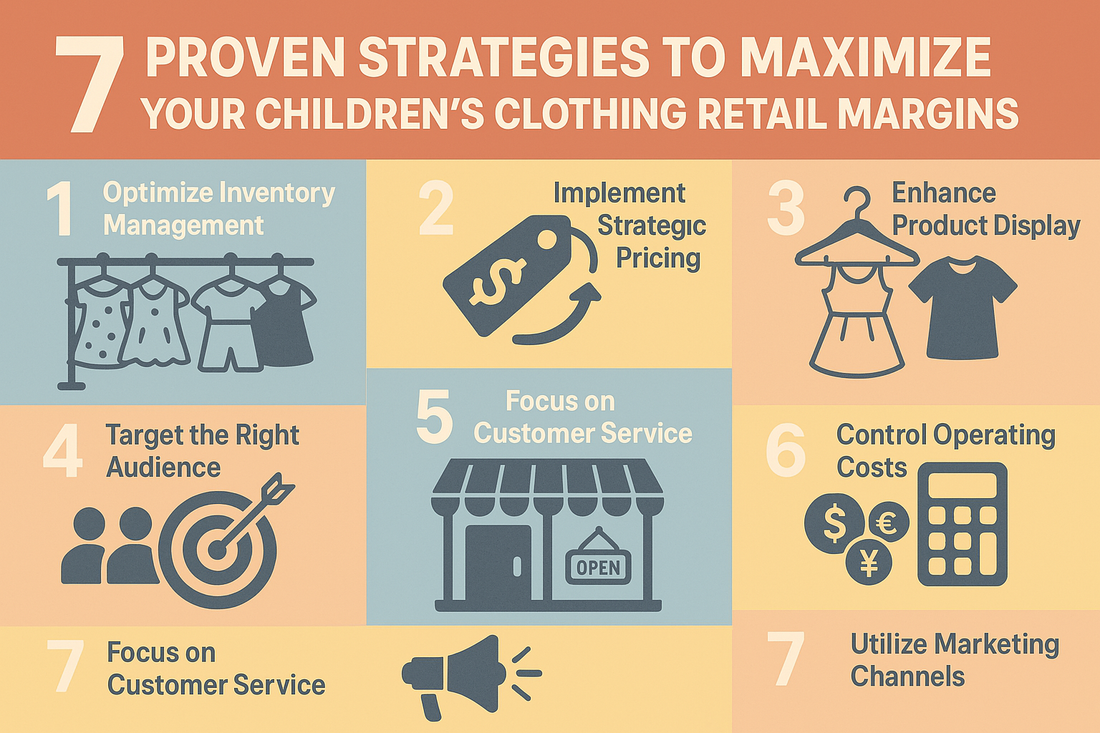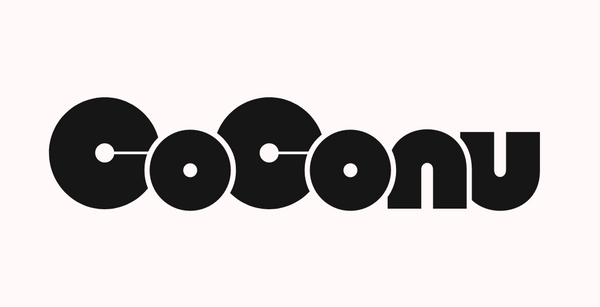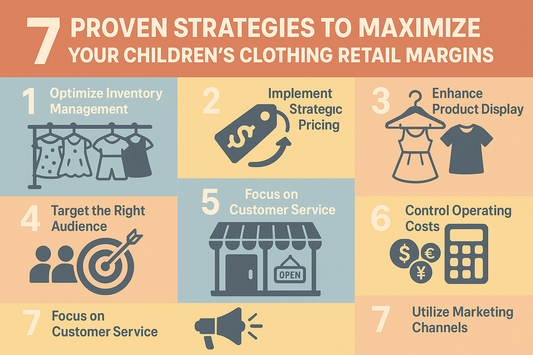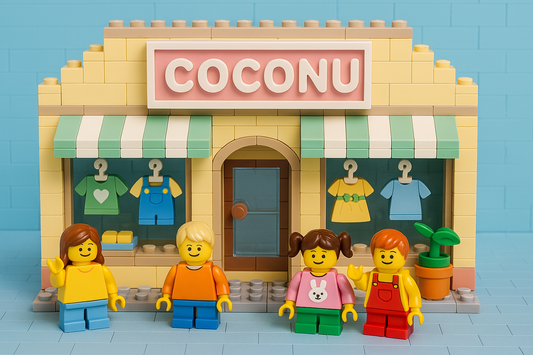
7 Proven Strategies to Maximize Your Children's Clothing Retail Margins
In today's competitive retail landscape, maintaining healthy profit margins while offering appealing children's clothing options can be challenging. Between seasonal inventory shifts, rapidly changing fashion trends, and price-conscious parents, children's apparel retailers must implement strategic approaches to maximize profitability. This guide explores seven proven strategies to boost your children's clothing retail margins without compromising quality or customer satisfaction.
Understanding the Profit Margin Equation in Children's Fashion
Before diving into specific strategies, it's essential to understand the key factors affecting your children's clothing retail margins:
- Initial markup: The difference between your wholesale cost and retail price
- Markdown management: How discounting affects your bottom line
- Inventory turnover: The relationship between stock movement and profitability
- Operational efficiency: How your business processes impact margins
With these fundamentals in mind, let's explore the most effective approaches to increasing your children's clothing retail profitability.
1. Strategic Pricing Optimization
Setting the right initial prices is fundamental to maintaining healthy margins throughout a selling season. Consider these pricing techniques:
- Value-based pricing: Price children's clothing based on perceived value rather than simply marking up wholesale costs by a standard percentage
- Price anchoring: Feature premium items alongside mid-range options to make the latter appear more attractive
- Psychological pricing: Utilize price points ending in .95 or .99, which consumers typically perceive as significantly lower than rounded figures
Research shows that retailers who implement strategic pricing models rather than flat markup percentages see an average margin increase of 11% annually.
2. Smart Seasonal Transition Management
Children's clothing has distinct seasonal cycles that require careful management:
- Plan markdowns progressively: Start with smaller discounts (15-20%) early in the clearance period before moving to deeper reductions
- Create transitional displays: Mix end-of-season items with new arrivals in coordinated collections to sell through inventory at higher margins
- Implement "buy more, save more" promotions: Encourage multiple purchases while protecting per-item margins
Retailers who master seasonal transitions maintain average margins 7-9% higher than those who rely solely on deep end-of-season discounts.
3. Effective Bundling and Cross-Merchandising
Bundling complementary children's clothing items increases average transaction value while preserving margins:
- Create outfit packages: Bundle tops, bottoms, and accessories at a slight discount to the individual item total
- Implement mix-and-match promotions: Offer tiered discounts (buy 2, save 10%; buy 3, save 15%) that protect per-item margins
- Cross-merchandise accessories: Position high-margin accessories like hair clips, socks, or jewelry near checkout areas
Children's retailers implementing these bundling strategies report 23% higher average transaction values with minimal impact on per-item margins.
4. Private Label Development
Developing private label children's clothing lines offers significant margin advantages:
- Higher margin potential: Private label children's clothing typically delivers 15-25% higher margins than comparable branded merchandise
- Exclusivity: Reduces direct price competition with other retailers
- Brand loyalty: Builds customer connection to your specific store rather than to national brands
Even small retailers can enter private label children's wear through partnerships with quality manufacturers who offer low minimum order quantities and customization options—like us at Coconu 😉
5. Inventory Intelligence and Demand Forecasting
Data-driven inventory management directly impacts profitability:
- Implement category management: Analyze performance by product category, size range, and price point
- Utilize sell-through rate analysis: Identify optimal reorder timing to minimize both stockouts and excess inventory
- Leverage historical data: Use past sales patterns to predict future seasonal demand
Retailers using inventory intelligence systems report reducing excess stock by up to 30% while maintaining or improving availability of high-demand children's clothing items.
6. Strategic Markdown Management
While markdowns are inevitable in children's fashion retail, they can be strategically managed:
- Implement progressive markdowns: Start with smaller discounts on selected items rather than storewide sales
- Create exclusivity in sales: Offer "member-only" discounts to loyalty program participants
- Use targeted promotions: Implement personalized offers based on customer purchase history rather than blanket discounts
Effective markdown management can improve overall margin performance by 4-6% annually compared to reactive discounting approaches.
7. Operational Efficiency Improvements
Backend operations significantly impact margin performance:
- Optimize your supply chain: Source children's clothing directly from manufacturers where possible
- Streamline inventory handling: Implement efficient receiving and processing systems to reduce labor costs
- Reduce shrinkage: Implement security measures and inventory controls to minimize loss
Retailers who focus on operational efficiency report average cost reductions of 3-5%, directly improving bottom-line margins.
Conclusion: Building a Margin-Focused Children's Retail Strategy
Maximizing children's clothing retail margins requires a multifaceted approach. By implementing these seven strategies, you can create a more profitable business while continuing to offer the quality, selection, and value your customers expect.
The most successful children's clothing retailers don't focus exclusively on cutting costs or raising prices—they build comprehensive margin management systems that address every aspect of the business, from purchasing to pricing to promotion.



